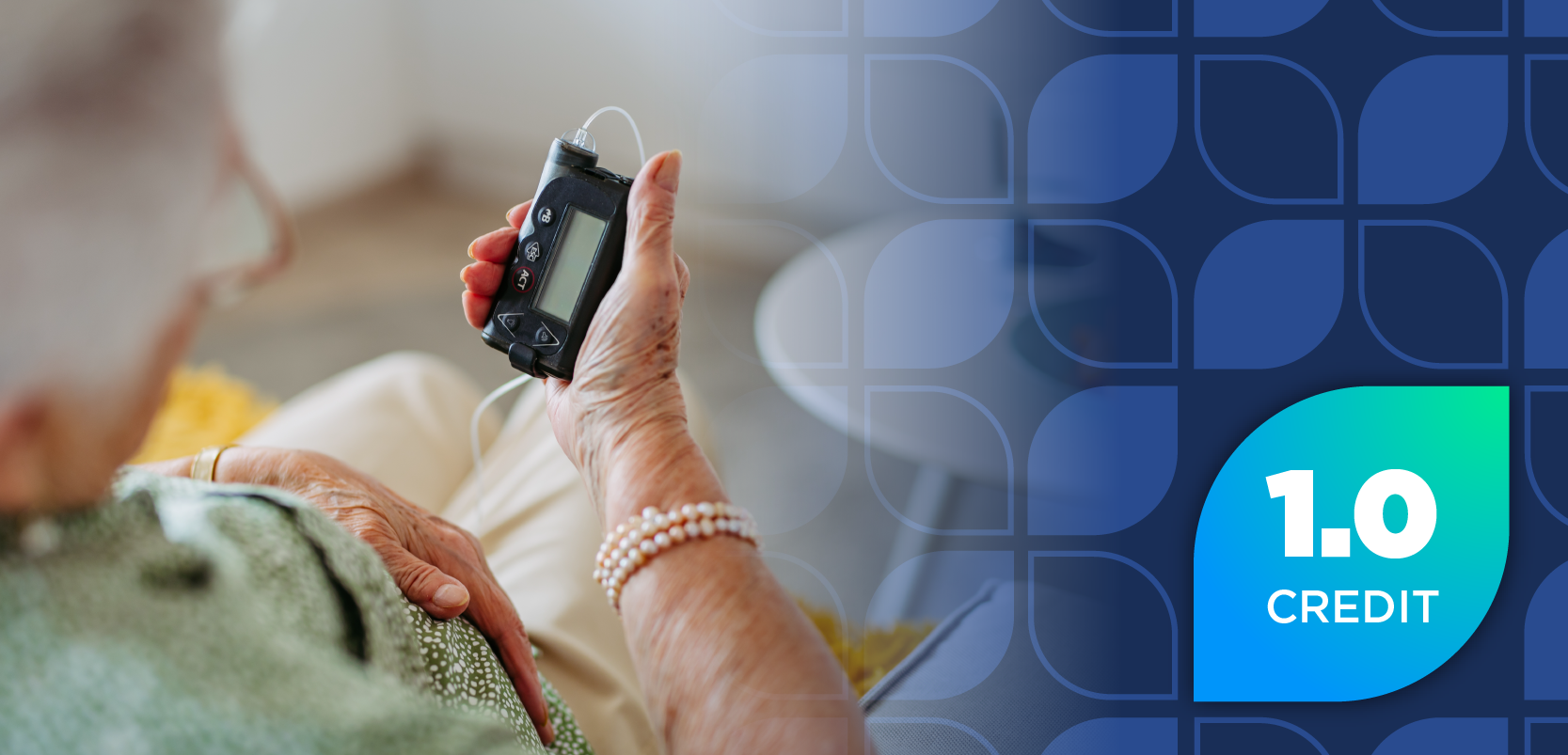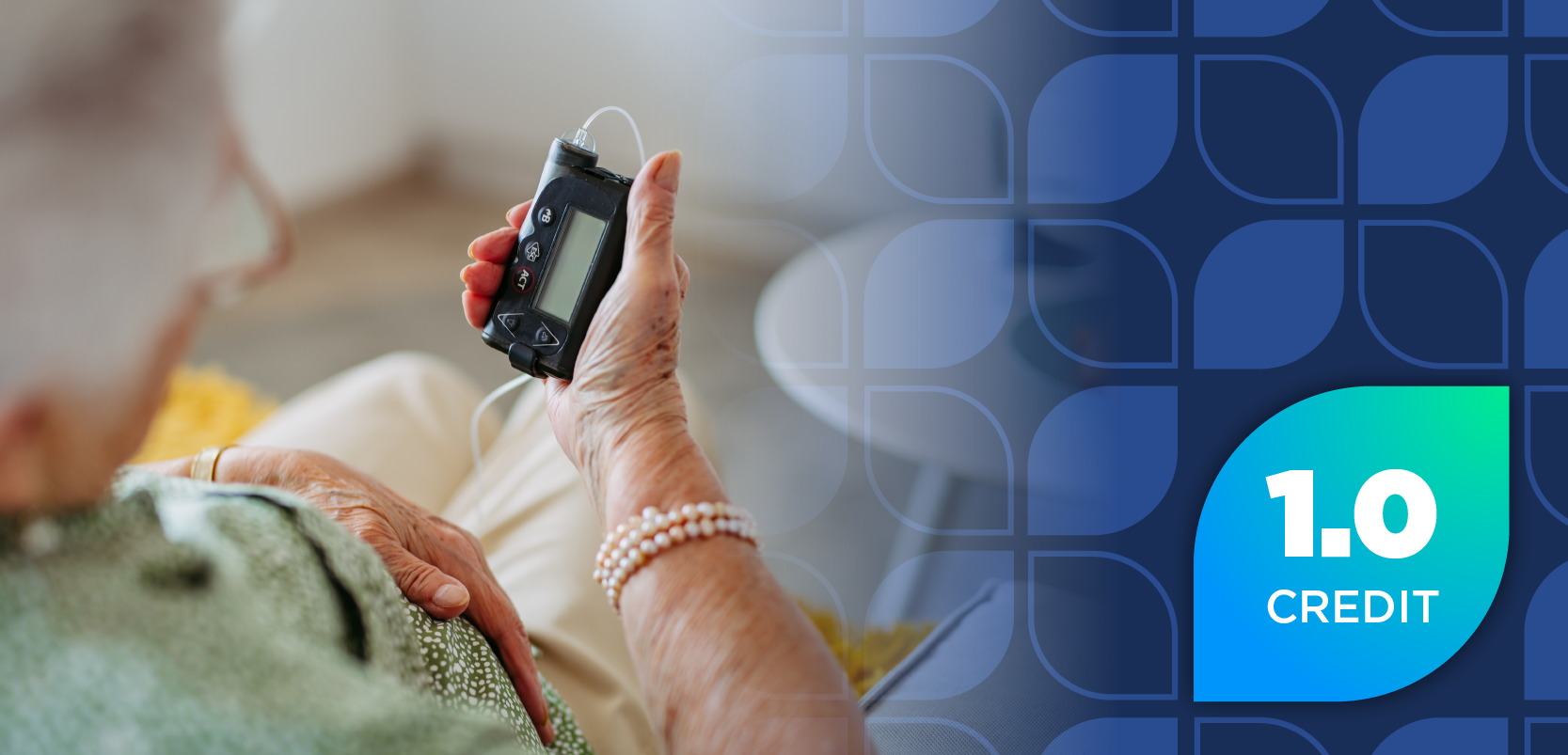
FDA Approves Primary Biliary Cholangitis Treatment
Ocaliva approved in combination with ursodeoxycholic acid (UDCA) or as a monotherapy for adults who can’t tolerate UDCA.
Patients with primary biliary cholangitis (PBC) will soon have a new treatment option: Intercept Pharmaceutical Inc’s obeticholic acid (Ocaliva).
The FDA approved Ocaliva for the condition, which used to be known as primary biliary cirrhosis, in combination with ursodeoxycholic acid (UDCA) or as a monotherapy for adults who can’t tolerate UDCA.
Ocaliva received the FDA’s nod under accelerated approval because evidence showed that it could reduce alkaline phosphatase (ALP). Currently, the treatment hasn’t been shown to affect survival or disease-related symptoms.
“Ocaliva has demonstrated a clinically meaningful improvement in lowering ALP, a liver enzyme and biomarker that is used to track disease progression in patients with PBC,” said John Vierling, MD, FACP, FAASLD, professor at Baylor College of Medicine and past president of the American Association for the Study of Liver Diseases, in a press release. “Importantly, Ocaliva maintained durable ALP reductions, which is critical for treatment of a chronic disease like PBC.”
In trials, Ocaliva in combination with UDCA and as a monotherapy met the primary composite endpoint in 46% of patients, compared with 10% of patients who received placebo added to UDCA.
Itching, which is a common PBC symptom, was the most common adverse effect found in patients who received Ocaliva. However, it was less of a problem in patients who gradually increased their dose of Ocaliva.
Other potential adverse effects include fatigue, abdominal pain and discomfort, rash, oropharyngeal pain, dizziness, constipation, arthralgia, thyroid function abnormality, and eczema.
Ocaliva should be available to PBC patients through specialty pharmacy networks in about a week.
Newsletter
Stay informed on drug updates, treatment guidelines, and pharmacy practice trends—subscribe to Pharmacy Times for weekly clinical insights.

















































































































































































































